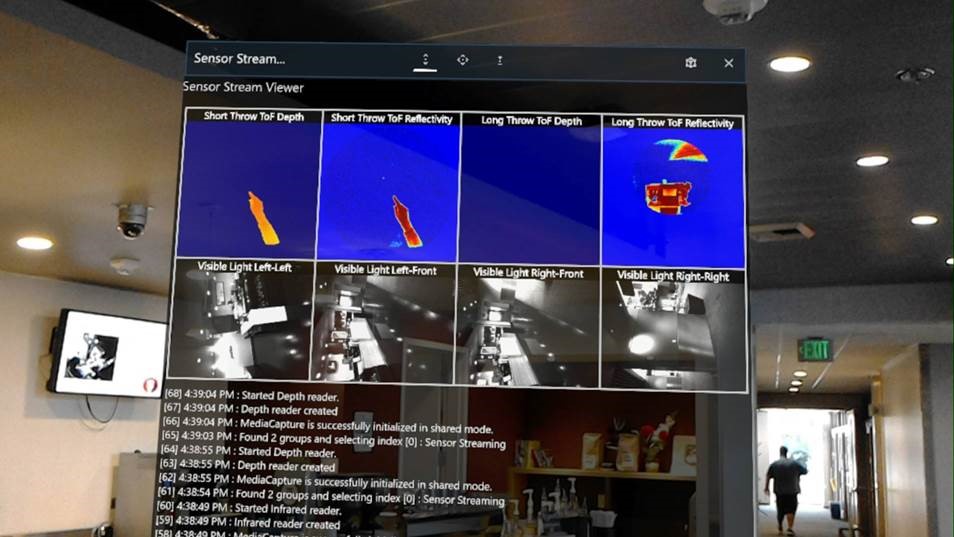Microsoft HoloLens 2 now supports Research Mode
1 min. read
Published on
Read our disclosure page to find out how can you help MSPoweruser sustain the editorial team Read more

Microsoft first released Research Mode feature for HoloLens with Windows 10 April 2018 Update. It gave researchers access to key sensors on the device for research applications. Researchers can access the data from following inputs.
- Visible Light Environment Tracking Cameras – Used by the system for head tracking and map building.
- Depth Camera – Operates in two modes:
- Short-throw, high-frequency (30 FPS) near-depth sensing used for Hand Tracking
- Long-throw, low-frequency (1-5 FPS) far-depth sensing used by Spatial Mapping
- Two versions of the IR-reflectivity stream – Used by the HoloLens to compute depth. These images are illuminated by infrared and unaffected by ambient visible light.
Now, Microsoft has added Research Mode support to HoloLens 2. In addition to all the features that were supported in HoloLens 1st gen, Research Mode in HoloLens 2 supports the following:
- Accelerometer – Used by the system to determine linear acceleration along the X, Y and Z axes and gravity.
- Gyro – Used by the system to determine rotations.
- Magnetometer – Used by the system to estimate absolute orientation.
After Developer Mode is enabled on the device, you can connect to the device portal to enable the research mode features.
Source: Microsoft









User forum
0 messages